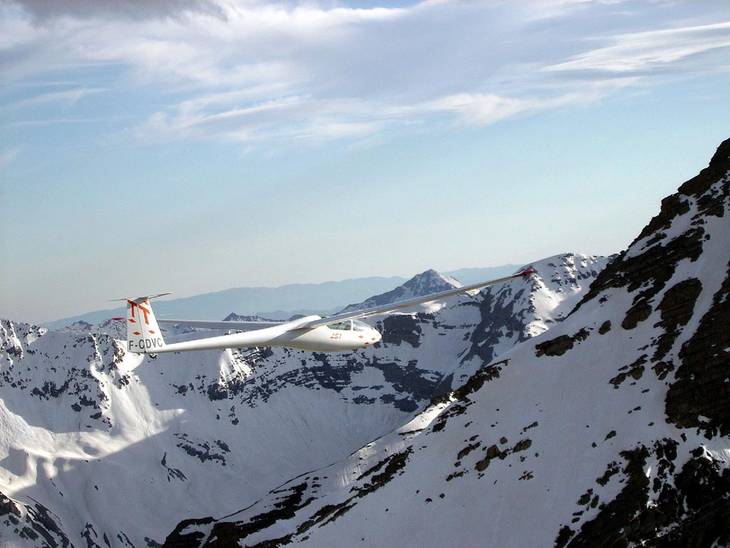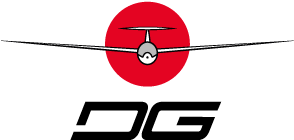VON THOMAS BERGMANN
translated from a publication in the “Segelfliegen” Magazine in 2004
The 9th place in the German all-time type list goes to the LS-1, designed by Wolf Lemke and Walter Schneider in 1968. Currently 235 aircraft are licensed in Germany. In ten years a total of 464 LS-1 were built, ranging from the versions a to f. They dominated the Standard Class Competitions from their production start well into the mid-seventies.

Rolladen Schneider (Rolladen means roll shade or blind) can be confusing to Newcomers… Wolf Lemke and Walter Schneider came from the Akaflieg (Students club) Darmstadt where they had designed and built the D-36 Circe. They started the production of gliders in a company producing blinds and shades (owned by Walter Schneiders brother). Walter Schneiders wish for his own production of fibreglass gliders became reality with the LS-1 and with the first two prototypes he and Helmut Reichmann placed first and second an the 1968 German national championship.
The success of his gliders lead to the shut-down of shade production and only the name remained in the companys logo.Lemke and Schneider entered the market without a production history, using fibreglass techniques from the beginning, designing an elegant fuselage with an outline that can still be seen in the current LS-8 and LS-10. They aimed for both a high degree of aerodynamics and modern production techniques, resulting in high production rates.
By the time DG acquired Rolladen-Schneider almost 3000 aircraft had been built.The two prototypes were constructed without the usual molds. They were later used for creating the first molds for serial production. The wings were made with a conticell sandwich and originally received special landing flaps at the trailing end of the wing. These were replaced by standard Schempp-Hirth Airbrakes in serial production.
Also the first plan of fitting a sliding nose (the pilot could move the entire nose section cover forward to get in and out) had to be dropped in favour of a standard two piece canopy. The sliding nose (being superior in aerodynamics) would have been too expensive and there were unresolved safety problems in case of a bail-out.
Only 23 LS1-0/a/b models were built. The production of the succeeding LS1-c with an all-moving tail plane (stabilator) and the LS1-d (additionally featuring water ballast) reached 198 models.
The LS1-c/d performed successfully in numerous national and international championships, culminating with Helmut Reichmanns Standard Class World Championship 1970 in the U.S.A.The LS1-e and -ef did not go beyond the prototype stage.
The LS1-f was the last and most popular version with 240 gliders built.
In 1973 Helmut Reichmann won the national championship with the LS1-f. The LS1-f was equipped with a standard damped elevator assembly for more handling ease. It was the first model with a suspension in the landing gear. It also had a new rudder. Most noticeable, however, was the new single-piece canopy giving the Glider the typical appearance still used on all LS models. Balanced handling characteristics and high performance are the main reasons for this models continuing popularity.
Used gliders yield highly different prices. Sellers ask around 11.000 for a LS1-c, a LS1-f in good shape can cost twice as much.
Service, spare parts supply and certification will be upheld by DG-Flugzeugbau.
Text: Thomas Bergmann
Translation Peter Strube
3-dim side view
List of Spare Parts
some more Photos of the LS1
Type Support:
DG Flugzeugbau GmbH
Otto-Lilienthal-Weg 2 / Am Flugplatz
D-76646 Bruchsal
Telefon: +49 (0) 72513020-0
e-mail: info@ls-flugzeugbau.de
internet: www.ls-flugzeugbau.de
former manufacturer:
Rolladen-Schneider Flugzeugbau, Egelsbach

